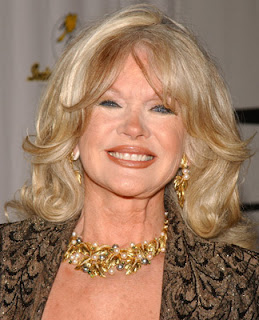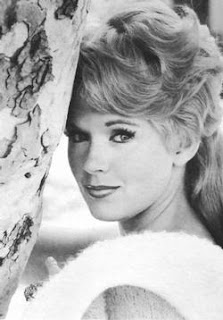
Charles Floyd Johnson was born in Camden, New Jersey to Bertha Ellen Seagers, a teacher, and Orange Maull Johnson, who went off to fight in World War II shortly before Johnson was born and returned to tell his son stories of the Tuskegee Airmen, although he himself was in the American cavalry in North Africa. Johnson's family initially encouraged him to be a lawyer, and in order to give him the best possible educational preparation, Johnson attended Stony Brook, the second African American student to attend the prestigious school, in 1956. Johnson was an ambitious student, and was accepted at both Howard and Brown Universities.
In 1958, Johnson began attending Howard University alongside some well-known classmates that included Stokely Carmichael. Johnson worked in New York during the summers as a teacher for young children. During the Civil Rights Movement, Johnson was active in marches. He majored in political science, minored in history and education, and worked at the Library of Congress. He was also involved in John F. Kennedy's presidential campaign, and was even invited to Kennedy's inauguration. Despite his political aspirations, Johnson had a burgeoning interest in communications, and joined the Howard Players upon arriving at Howard. He graduated with honors from the school in 1962.
That year, Johnson was initially drawn to the New York theater world, but was accepted and enrolled in Howard University Law School with a full scholarship. While at law school, he was published in the Howard Law Journal, and he flourished under professors Herbert Reed and Patricia Harris. Shortly after taking the bar exam, Johnson was drafted during the Vietnam War. After marrying his girlfriend at the time, Johnson was sent to work as a clerk in New Jersey, then shifted to work as a defense counsel largely for AWOL soldiers, for which he received an Army Commendation Medal.
After leaving the military, Johnson moved to Washington, D.C., and worked as a copyright lawyer for three years. His work schedule allowed him to work in theatrical companies and study communications in his free time. He also did some work in television for a show entitled Harambee and also worked for Howard University's radio station. At the end of his tenure with the copyright office, Johnson worked with a justice from Sweden, who invited him to work as a law intern in Stockholm. After working in Stockholm, he almost took a job working in France, but changed his mind to follow his dreams and moved to Los Angeles in early 1971.
Thanks to the G.I. Bill, Johnson applied to the Professional Theater Workshop in Santa Monica, California, which he attended for nine months and took acting classes. Thanks to his law degree, Johnson found an entry-level position at Universal Studios working in the mail room. Two days after his mailroom experience began, a new job opened up, and Johnson began his climb to the top of the ladder, becoming a production coordinator in late 1971.
In 1981, Johnson moved to Hawaii, and married his second wife, who stayed in Los Angeles. His career in Hollywood has been accomplished and diverse, including roles in such television programs as JAG and Navy: NCIS. He has worked as a writer and producer in a wide variety of television programs, including as a prominent figure behind the notable television programs, The Rockford Files and Magnum, P.I.
 James Allen Whitmore III (born October 24, 1948, in Manhattan, New York), better known by the name James Whitmore, Jr., is an American actor best known for his role as Captain Jim Gutterman on the television program Baa Baa Black Sheep (later known as Black Sheep Squadron), and (since the 1980s) a television director. He is the son of actor James Whitmore.
James Allen Whitmore III (born October 24, 1948, in Manhattan, New York), better known by the name James Whitmore, Jr., is an American actor best known for his role as Captain Jim Gutterman on the television program Baa Baa Black Sheep (later known as Black Sheep Squadron), and (since the 1980s) a television director. He is the son of actor James Whitmore.



